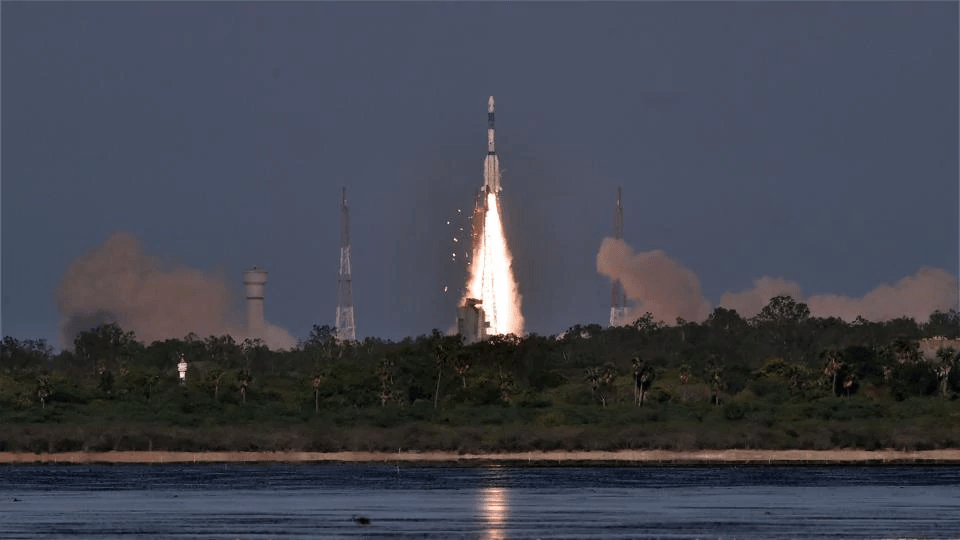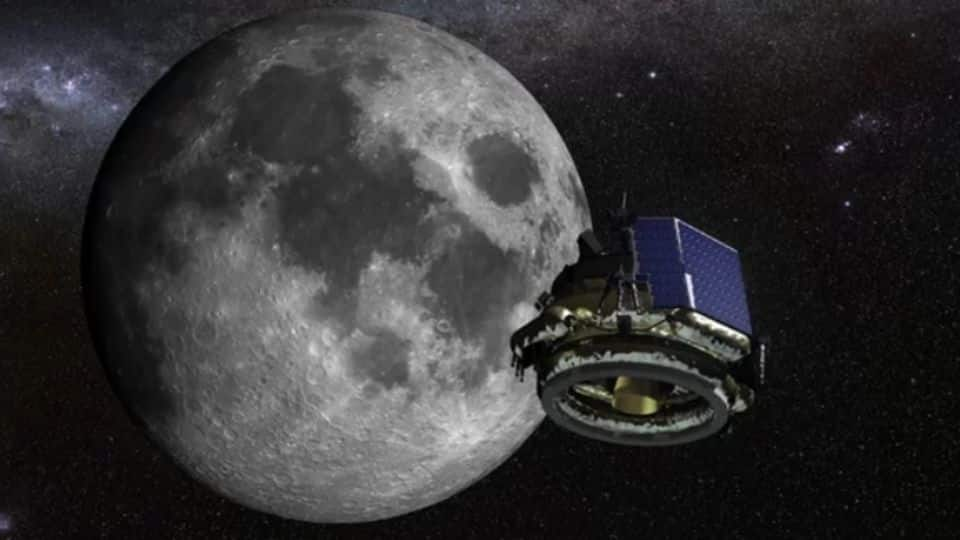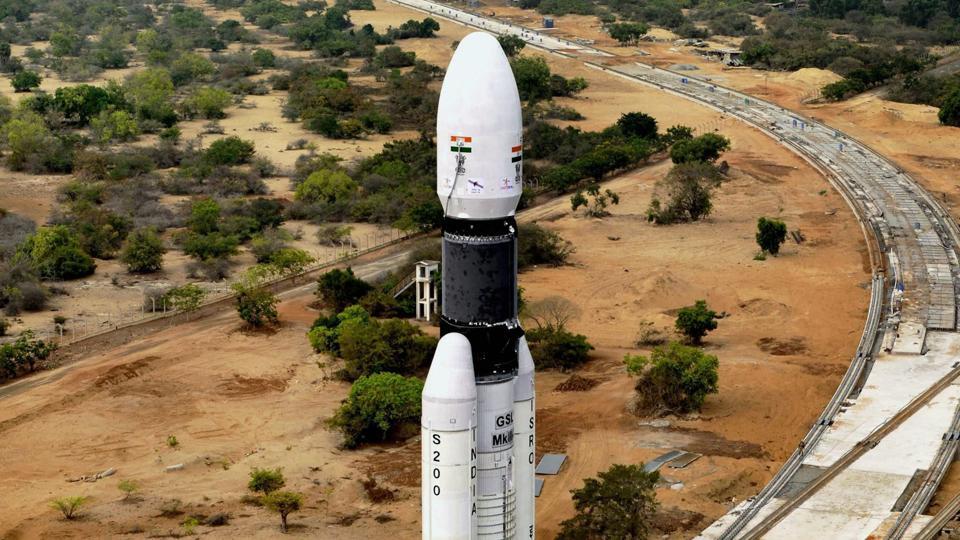Chandrayaan 2, about the mission.
The chandrayaan-2 spacecraft was successfully launched at 2:43 p.m. IST on July 22, 2019, into its planned orbit with a perigee (nearest point to Earth) of 169.7 km and an apogee (farthest point to Earth) of 45475 Km. The launch was done from the Second Launch Pad at Satish Dhawan Space Centre SHAR, Sriharikota.
After the launch of Chandrayaan 2 spacecraft, a series of maneuvers will be carried out with the help of its onboard propulsion system to raise its orbit and place it in the Lunar Transfer Trajectory.
On entering Moon's sphere of influence, on-board thrusters will slow down the spacecraft for Lunar Capture. Subsequently, the orbit of Chandrayaan 2 around the moon will be circularised to a 100 x 100 km orbit through a series of orbital maneuvers.
On the day of landing, the Lander (Vikram) will separate from the Orbiter and then will perform a series of complex maneuvers comprising of rough braking and fine braking. Imaging of the landing region prior to landing will be done with the purpose of finding safe and hazard-free zones. Vikram will try its best to make a soft landing on a high plain between two craters — Manzinus C and Simpelius N — at a latitude of about 70° South on 7th September 2019.
Afterward, the Rover (Pragyan) will roll out and carry out experiments on the Lunar surface for a period of 1 lunar day which is almost equal to 14 Earth days. The total mission life of Vikram is also around 1 lunar day. The Orbiter will continue its mission for one year.
The chandrayaan-2 spacecraft was successfully launched at 2:43 p.m. IST on July 22, 2019, into its planned orbit with a perigee (nearest point to Earth) of 169.7 km and an apogee (farthest point to Earth) of 45475 Km. The launch was done from the Second Launch Pad at Satish Dhawan Space Centre SHAR, Sriharikota.
After the launch of Chandrayaan 2 spacecraft, a series of maneuvers will be carried out with the help of its onboard propulsion system to raise its orbit and place it in the Lunar Transfer Trajectory.
On entering Moon's sphere of influence, on-board thrusters will slow down the spacecraft for Lunar Capture. Subsequently, the orbit of Chandrayaan 2 around the moon will be circularised to a 100 x 100 km orbit through a series of orbital maneuvers.
On the day of landing, the Lander (Vikram) will separate from the Orbiter and then will perform a series of complex maneuvers comprising of rough braking and fine braking. Imaging of the landing region prior to landing will be done with the purpose of finding safe and hazard-free zones. Vikram will try its best to make a soft landing on a high plain between two craters — Manzinus C and Simpelius N — at a latitude of about 70° South on 7th September 2019.
Afterward, the Rover (Pragyan) will roll out and carry out experiments on the Lunar surface for a period of 1 lunar day which is almost equal to 14 Earth days. The total mission life of Vikram is also around 1 lunar day. The Orbiter will continue its mission for one year.















